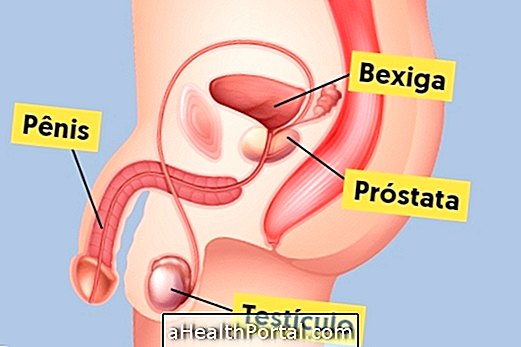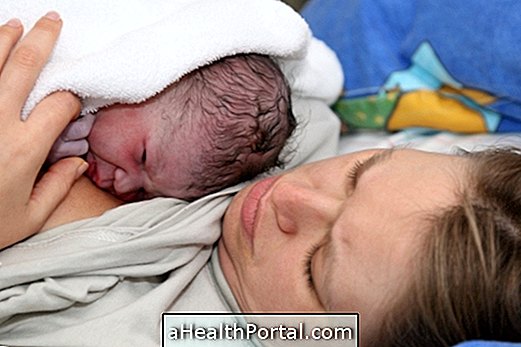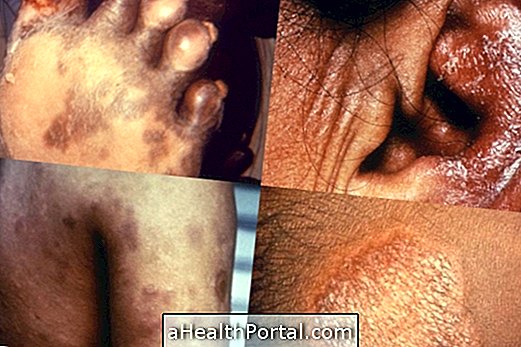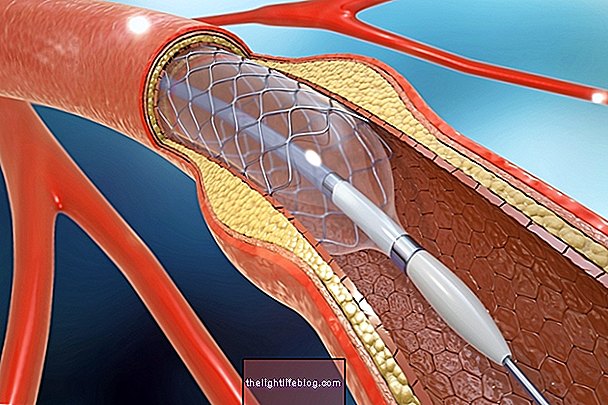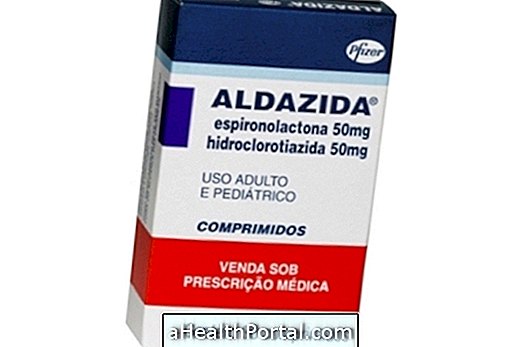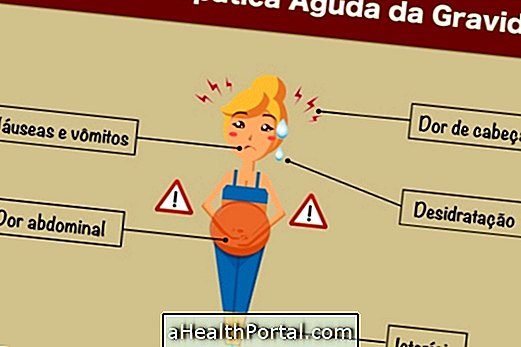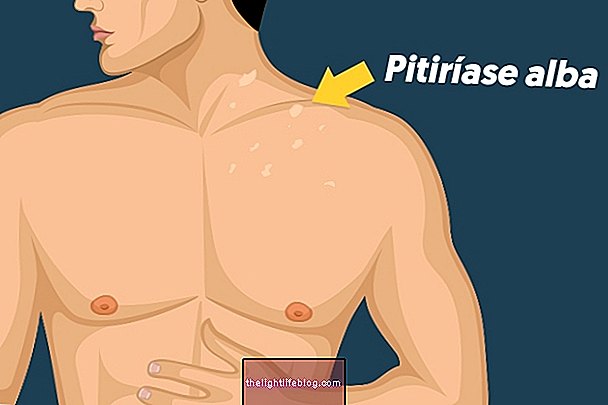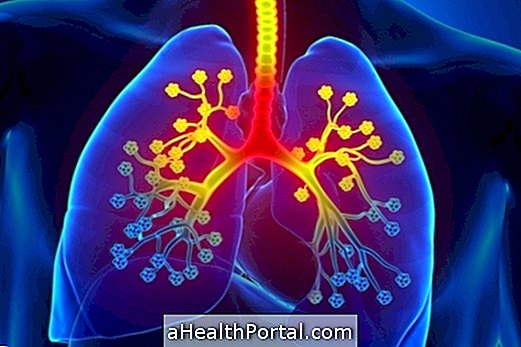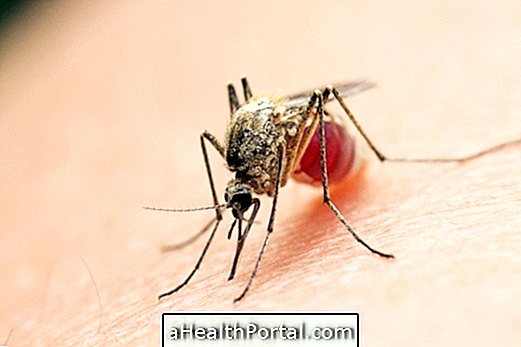Radiation therapy is a treatment that destroys or prevents the growth of tumor cells through radiation, which is often similar to that used in X-ray examinations.
This type of treatment can be used alone or together with chemotherapy or surgery, but usually does not cause hair loss because its effects are felt only at the treatment site and depend on the type and amount of radiation used in the patient.
Indications
Radiation therapy is indicated to treat or control the growth of benign tumors or cancer, and may be used before, during or after treatment with surgery or chemotherapy.
However, when this type of treatment is used only to relieve the symptoms of the tumor as pain or bleeding, it is called palliative radiotherapy, used especially in advanced stages and difficult to cure cancer.

Side effects
Side effects depend on the type of treatment used, radiation doses, tumor size and site, and overall patient health, but can usually occur:
- Redness, dryness, blistering, itching or peeling of the skin;
- Tiredness and lack of energy that does not improve even with rest;
- Dry mouth and sore gums;
- Trouble swallowing;
- Nausea and vomiting;
- Diarrhea;
- Swelling;
- Urinary and bladder problems;
- Hair loss, especially when applied on the head region;
- Absence of menstruation, vaginal dryness and infertility in women, when applied in the region of the pelvis;
- Sexual impotence and infertility in men when applied to the pelvis.
In general, these reactions begin during the 2nd or 3rd week of treatment, and can last up to several weeks after the last application. In addition, side effects are most severe when radiotherapy is done along with chemotherapy.
See what are the side effects of chemotherapy and how to relieve each by clicking here.
Care during treatment
To alleviate the symptoms and side effects of treatment, care should be taken to avoid sun exposure, use aloe vera or chamomile based skin products and keep the site clean and free of creams or moisturizers during radiation sessions.
In addition, you can talk to your doctor about using medicines that fight pain, nausea, vomiting and diarrhea, which helps relieve tiredness and facilitate feeding during treatment.
Types of radiation therapy
There are 3 types of treatment using radiation and they are used according to the type and size of the tumor to be treated:
Radiotherapy with external beam or teletherapy
It is the type of radiation most commonly used, emitted by an apparatus directed to the place to be treated. Usually the applications are made daily and last for 10 to 40 minutes, during which time the patient lies and feels no discomfort.
Brachytherapy
The radiation is sent to the body through special applicators such as needles or wires, which are placed directly in the place to be treated.
This treatment is done 1 to 2 times a week and may require anesthesia and is often used for tumors in the prostate or cervix.
Injection of radioisotopes
In this type of treatment, a radioactive liquid is applied directly into the patient's bloodstream and is usually used in cases of thyroid cancer.
See which foods fight cancer and what to avoid during treatment.




